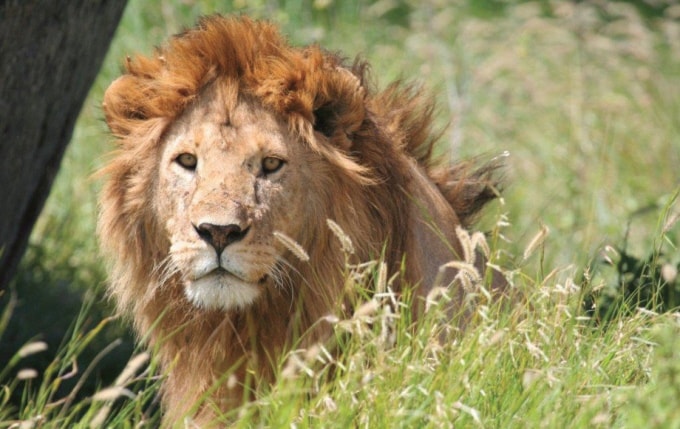Kathy Smyth
I left Alberta in early May with the remains of the latest snowfall on the ground and a chill in the air.
My destination was Cape Town to start a voyage up the coast of West Africa ending in Dover. I love history so the opportunity to see and learn about this continent was a dream come true.
I cannot even begin to minimize my journey into 700 words all summed up. Instead I will do this story over two parts, this month and next. I am writing to tell about the various destinations so it can open your mind to what is beyond the typical cruise destinations.
Perhaps one day you can travel these wonders and also share with your friends, what is now a dream that came true for myself.
Cape Town is a beautiful city; the climate mild, the scenery stunning and the people friendly. Table Mountain, with outstanding views of the city beaches and pounding Atlantic, can be reached by cable car.
The Castle of Good Hope and other fortresses with their military and maritime museums, torture chambers, and stone fortifications were established as early as 1666. Robben Island is infamous as the isolated prison of former South African President Nelson Mandala.
A short ferry ride allows visitors to visit the site where many political dissenters were imprisoned.
The coastal region of Namibia is made up of extensive sand dunes where diamonds were so abundant in 1908, that the first miners lay on their bellies and crawled to pick diamonds out of the sand.
Shifts operated 24 hours per day as diamonds glittered in the moonlight. Kara Kulia Carpet Center showcases the cleaning, carding, spinning, dyeing and eventual weaving of carpets from the wool of Namibian sheep.
Sand dunes can be explored as a photo stop, a climb to the top of the towering swirls or a sand buggy tour.
Benin, on the Slave Coast, was important in the slave trade.
Dahomey warriors caught many and killed few enemies. Prisoners were sold, resulting in two benefits – the kingdom rid itself of enemies and grew wealthy.
One tribe fled to the coast and established the stilt village of Ganvie as a refuge from attack. It is reached by travelling in pirogues from a wharf on the lagoon. For over a century, more than 10,000 slaves per year were sent to the Americas.
Most victims from Ouidah, the town where voodoo began and remains strong, were sent to Brazil and Haiti.
In the early 1900s, Germany turned Togo into a model colony with harbor facilities, rail lines, a powerful wireless transmitter and an agricultural program. When World War I began, Germany promoted neutrality but was unsuccessful.
France and Britain occupied Togo and the Germans blew up their transmitter and surrendered. Glidja is noted for its many shrines and fetish markets selling traditional ingredients used by sorcerers. The highlights of tours to villages were the dance performances – one in a voodoo village involved symbols of evil in the form of dancers whirling in grass cones being countered by drummers and other dancers.
Ghana means ‘gold’ and early interest was on its acquisition.
The Ashanti ornamented their communities with gold and their armies conquered and enslaved neighbouring tribes. The Gold Coast attracted Portuguese, Spanish, English, Italian, Flemish, French, Dutch, Swedes, Danes and Germans. Eventually there were 76 forts and castles along the coast. In the 19th century European countries banned the sale of slaves causing Ashanti income to decline.
The Ashanti fought to maintain the slave trade until about 1900. The Arts and Crafts Market is worth a visit for Kente cloth – colourfully distinctive, durable and made into many things including ceremonial garments.
Senegal is the most westerly point in continental Africa.
Goree Island, with its Slave House and Fortress Museum, was the center of the slave trade. The Dutch founded the fortress and established a large market for agricultural and manufactured products; however, slaves were the lucrative part of their business.
Today, Goree Island has colourful buildings from the 18th century, winding lanes, balconies, and terraces – but no motor vehicles.
In Dakar, French colonial influences can be seen in the Presidential Palace, town hall and railway stations. Salt works, traditional dancers and crafts are highlighted at the Pink Lake of Retba.
This is just my journey which ended, then off to Cape Verde! The countries above are beyond paragraphs.
This journey suffices an entire day of speaking about it over coffee in my office while I sit and dream about someone else taking in what I just embraced and will be embedded in my mind forever.
To learn more about the second half of my journey, take a peek in next month’s issue!
Kathy Smyth is a travel consultant with Expedia Cruiseshipcenters.
